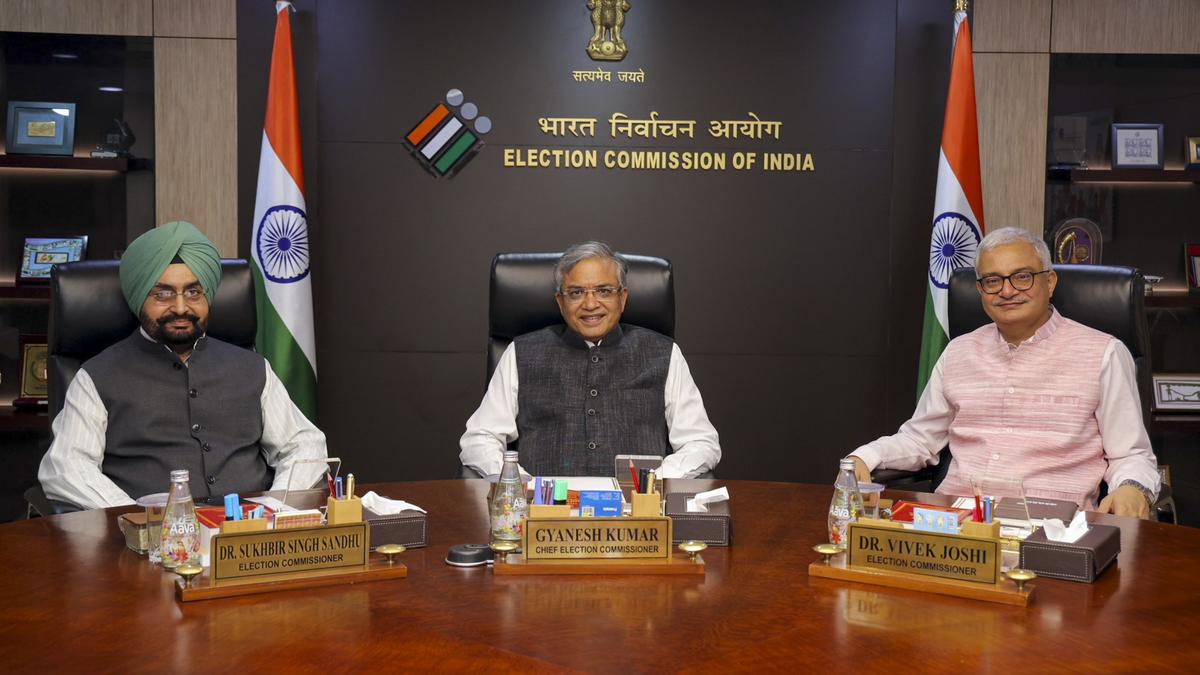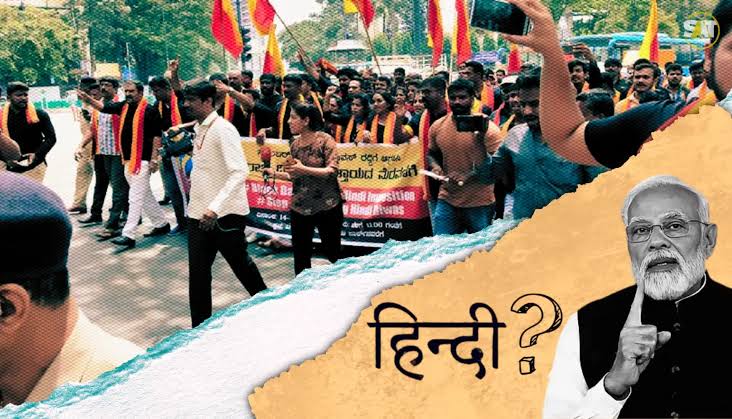International
The Dragon-Bear Dance: Growing Closeness Between Russia and China
Dr. M. K. Dubey | today

Niraj Kumar Verma | today

Amit Pandey | today
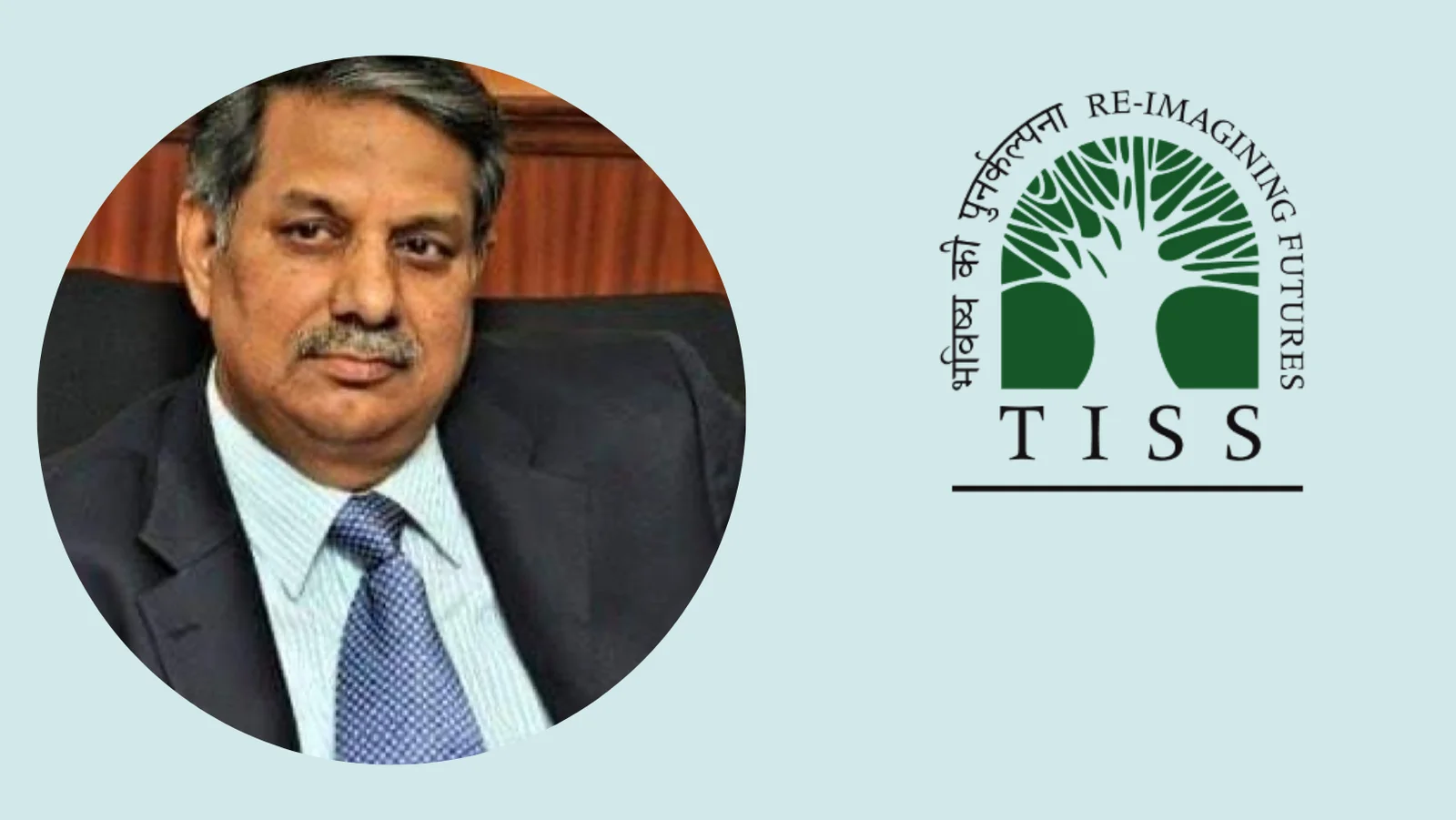
Amit Pandey | today

Hasnain Naqvi | today

Niraj Kumar Verma | 3 hours ago

Amit Pandey | 14 hours ago

Amit Pandey | 1 day, 16 hours ago

Hasnain Naqvi | 1 day, 17 hours ago


The Dragon-Bear Dance: Growing Closeness Between Russia and China

When Education Becomes a Marketplace of Corruption and Caste
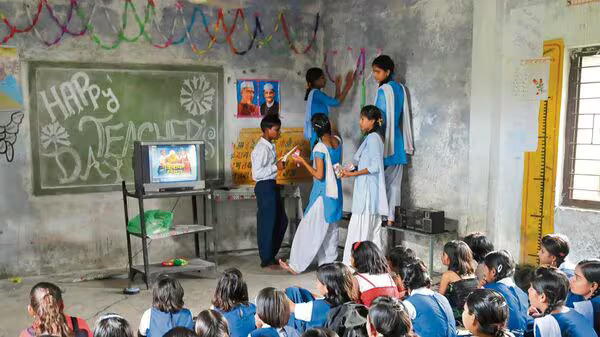
Power in the Classroom
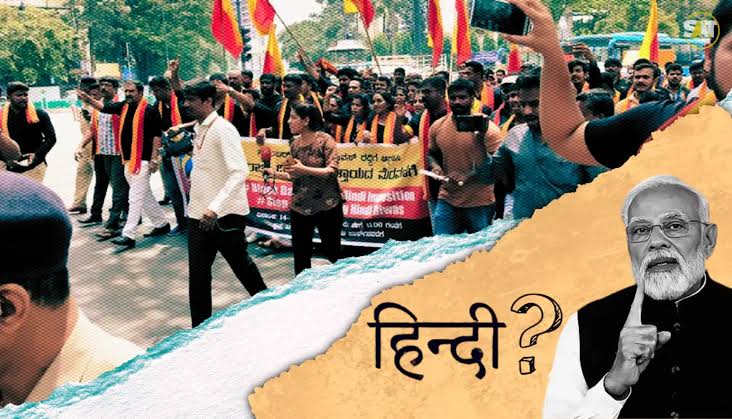
Politics of Language: Uniting Against Hindi “Imposition”

Read More

Read More

